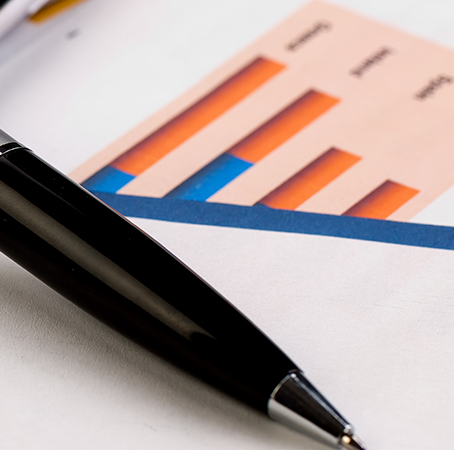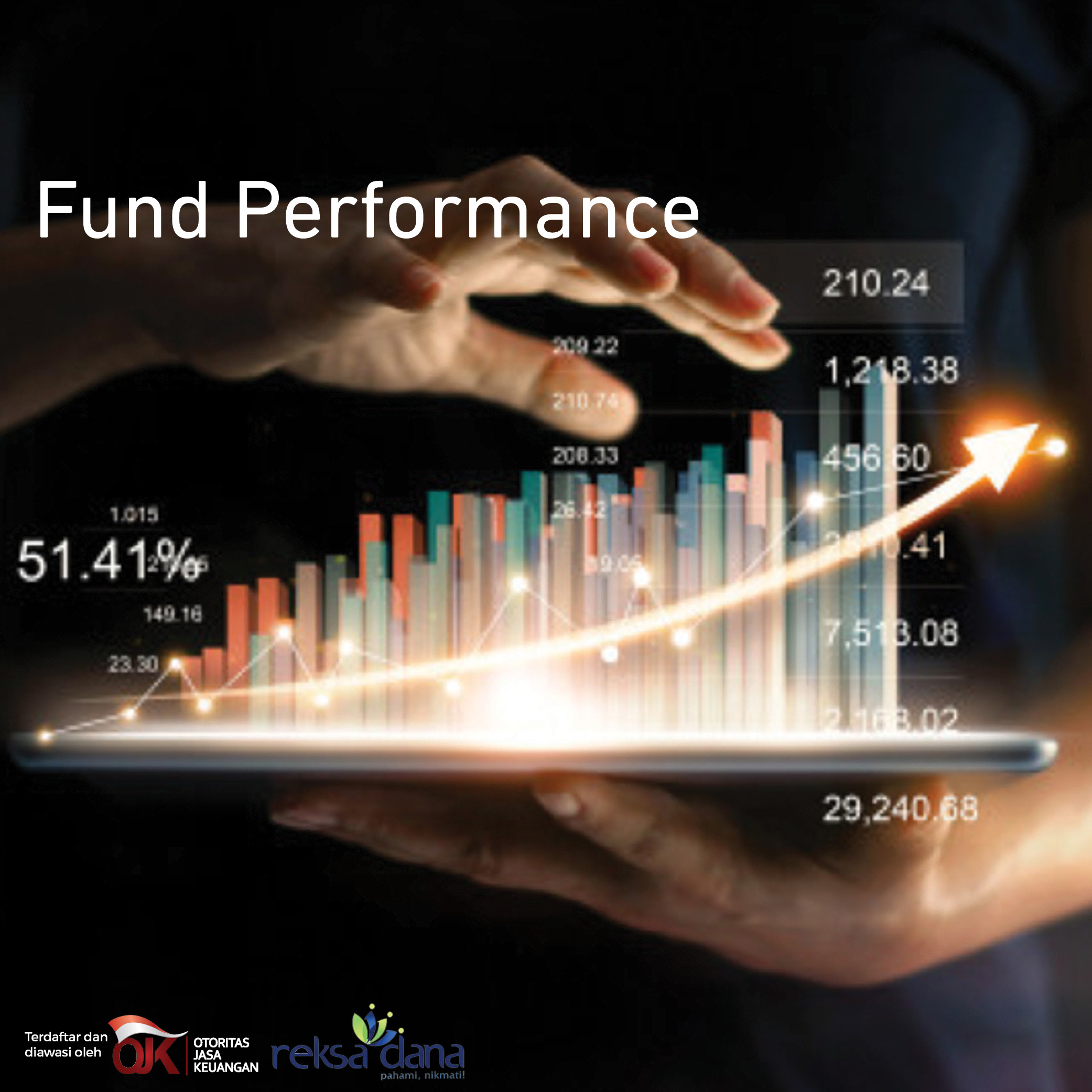Monthly inflation heats up as year-end festivities
According to Statistics Indonesia (BPS), monthly inflation in Dec-24 rose by +0.44% MoM, the highest level since March. This figure was below our projection of +0.54% MoM but slightly exceeded the consensus forecast of +0.42% MoM. The primary driver was a significant +1.33% MoM increase in food, beverage, and tobacco prices, which contributed +0.38% MoM to the overall inflation rate. This reflects stronger food demand during year-end festivities, including Christmas, school holidays, and New Year celebrations. Furthermore, volatile food prices surged by +2.04% MoM in December, reaching their highest level since March. In contrast, administered prices decelerated to +0.03% MoM in Dec-24 (vs. +0.12% MoM in Nov-24), largely due to discounts on airplane tickets. Meanwhile, core inflation remained stable at +0.17% MoM in Dec-24. Looking ahead, we anticipate inflationary pressures to persist in January, driven by continued increases in food prices and hikes in non-subsidized fuel prices. Additionally, the upcoming value-added tax (VAT) increase to 12% on luxury goods and services could further elevate the inflation rate.
Key drivers of record-low inflation in FY24
The inflation rate fell to 1.57% YoY in FY24, marking the lowest level on record. This decline was primarily driven by a deflationary trend from May to September, supported by higher rice stockpiles. Furthermore, volatile food inflation significantly dropped to 0.12% YoY in FY24 from 6.18% YoY in FY23. Administered price inflation decelerated to 0.12% YoY in FY24 (vs. 1.72% YoY in FY23), driven by a -2.61% YoY decrease in average oil prices to USD78.85/bbl in 2024. Additionally, Manufacturing PMI showed contraction from July to November, indicating weakened purchasing power. In contrast, core inflation rose to 2.26% YoY in FY24, up from 1.80% YoY in FY23, driven by a significant +22.88% YoY increase in average gold prices to USD2,387/t.oz in FY24. Looking ahead, we anticipate annual inflation to rise in 2025, driven by a combination of domestic policies and external conditions. Domestically, inflationary pressures are likely to stem from a VAT hike to 12% on luxury goods and services, potential increases in social health insurance (BPJS Kesehatan), and fuel subsidy reductions. Externally, global trade disruptions arising from ongoing geopolitical tensions and a potential trade war could further elevate inflation. Additionally, financial uncertainties related to the Federal Reserve's expected rate cuts in 2025 may contribute to higher imported inflation pressures. Taking all into account, we currently expect the inflation rate to be 2.5% YoY in FY25.
Rupiah anomaly amid global pressures
The Rupiah depreciated by 1.79% MoM to Rp16,132/USD in Dec-24, despite Bank Indonesia maintaining the BI-rate at 6.00% during its governor meeting on 17-18 December 2024. This depreciation was considered an anomaly, as the Rupiah typically appreciates during this period. The decline was primarily driven by global factors, particularly from the U.S. The Dollar Index (DXY) surged from 105.73 in November to 108.49 in December, fueled by euphoria over Trump’s victory, which dampened expectations of an aggressive FFR cut. Other contributing factors include escalating geopolitical tensions in the Middle East and the Russia-Ukraine conflict, as well as persistently high inflation. During the latest FOMC meeting in December, most participants projected the FFR to reach 4.0% by the end of 2025, higher than the 3.5% projection from the September meeting. Meanwhile, the CME FedWatch Tool indicates that investors expect the FFR to stand at 4.25% by YE25, implying only one 25-bps rate cut in 2025 (current FFR: 4.50%). The reduced expectation for rate cuts in 2025 was largely attributed to concerns over inflation, driven by Trump’s proposed import tariff hikes. The latest U.S. inflation data underscores these concerns. The annual inflation rate rose slightly from 2.6% YoY in October to 2.7% YoY in November, while the annual core inflation rate remained stable at 3.3% YoY. Looking ahead, we believe BI still has room to cut its policy rate this year. However, BI should wait for the Fed to act first, as cutting rates prematurely could risk triggering capital outflows. Based on the potential FFR cuts in 2025, we anticipate the Rupiah to appreciate. However, this appreciation is likely to be limited due to ongoing global uncertainties, particularly stemming from policies under Trump’s administration. Currently, we project the Rupiah to reach Rp16,100/USD in YE25, with an average exchange rate of Rp15,800/USD for the year.
















